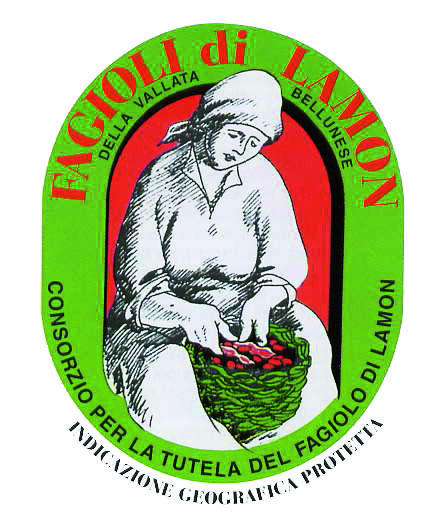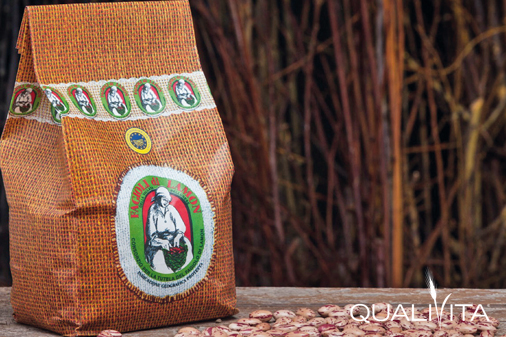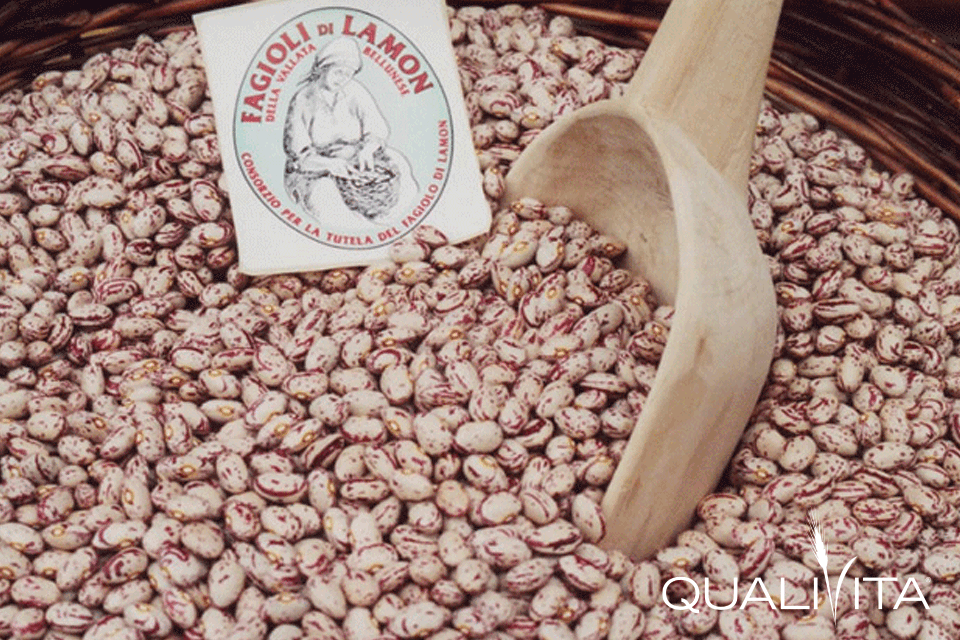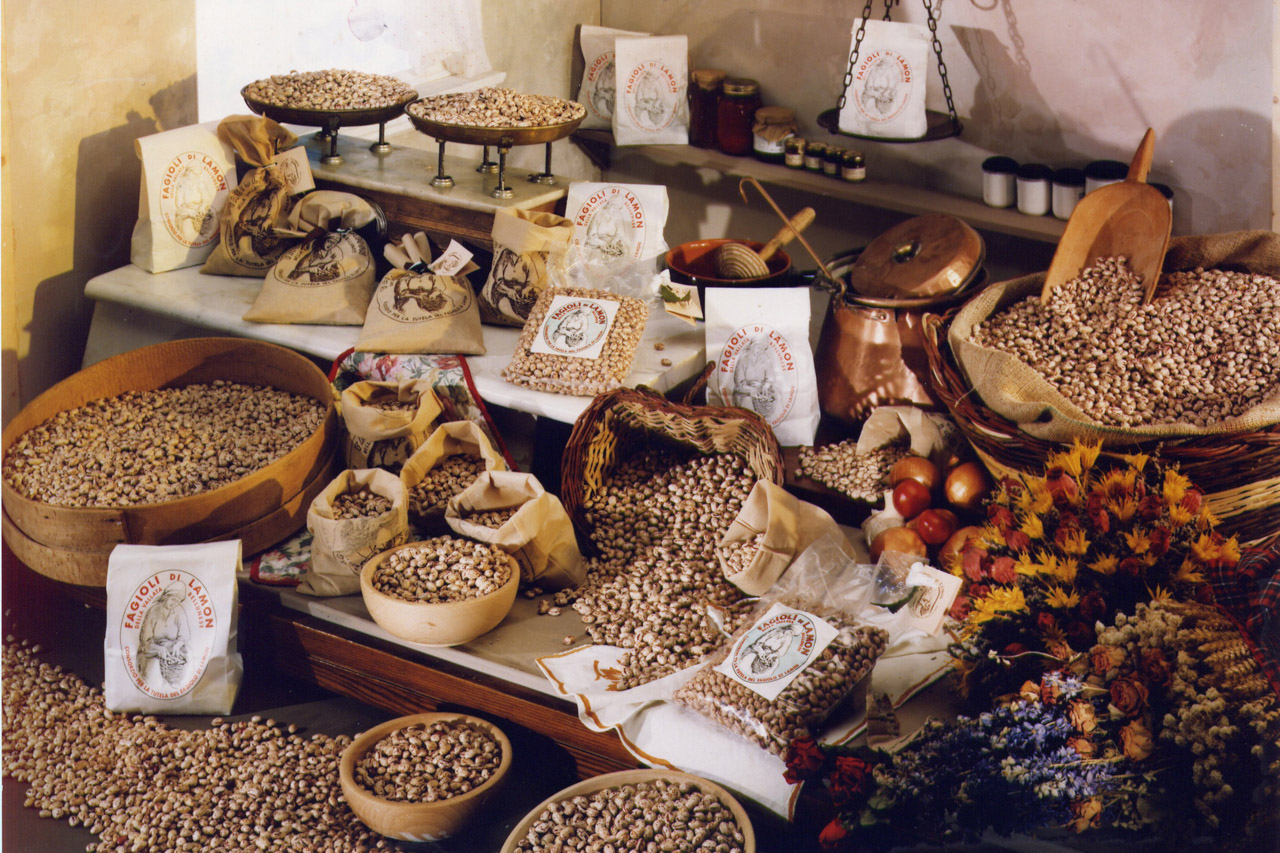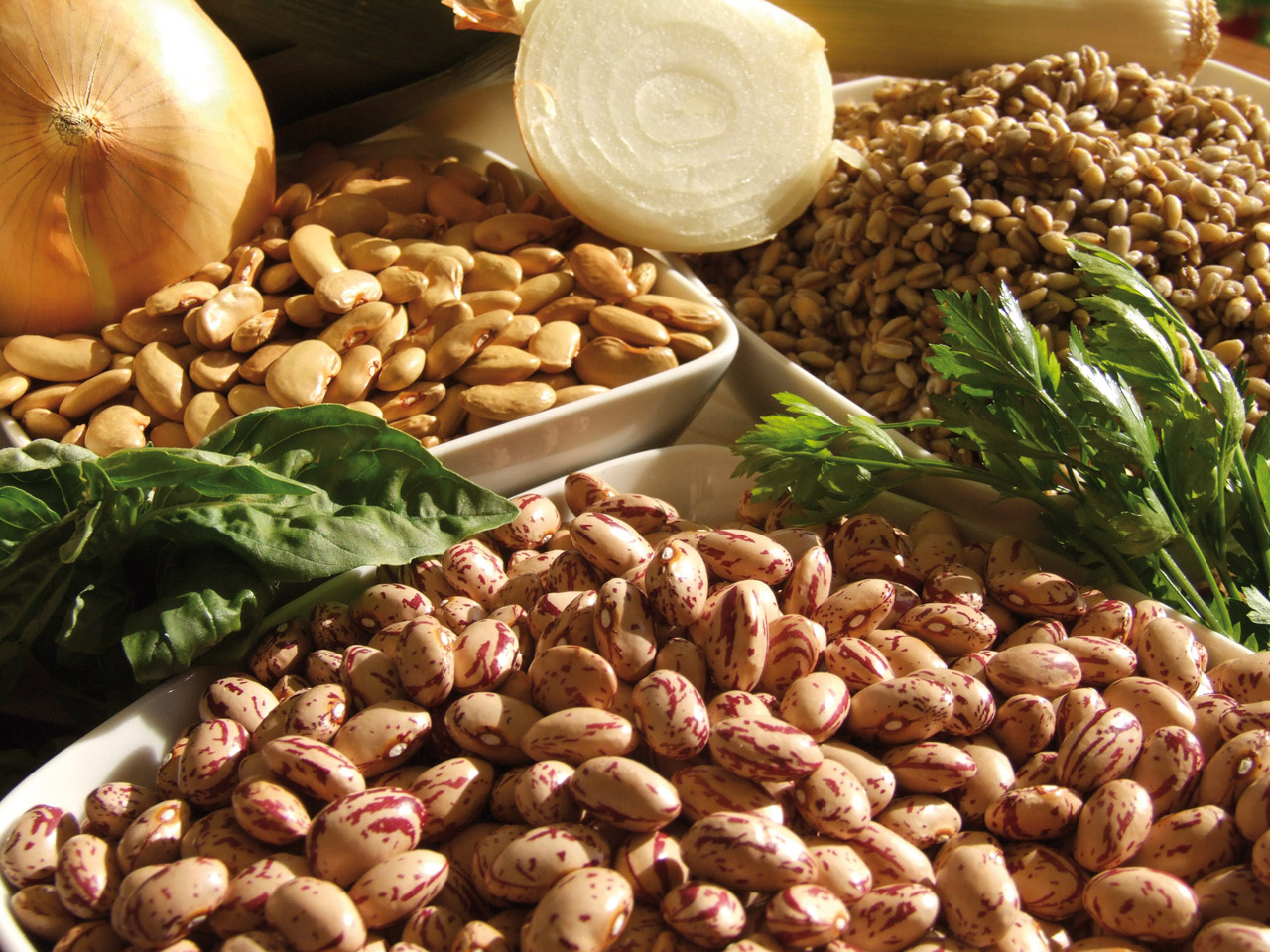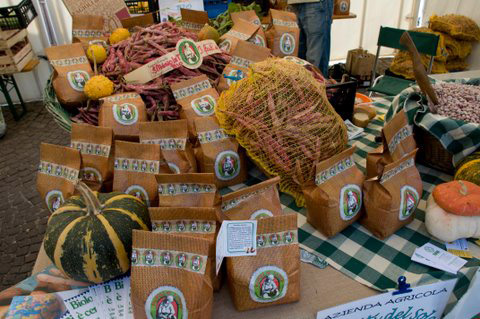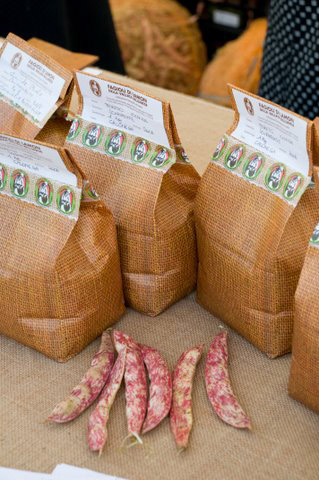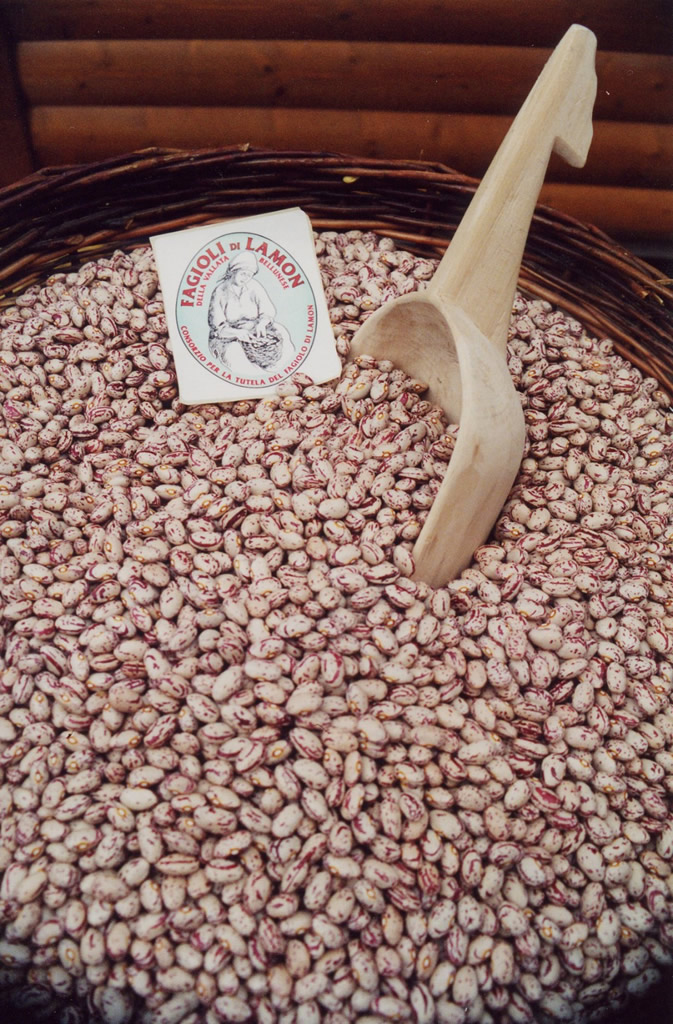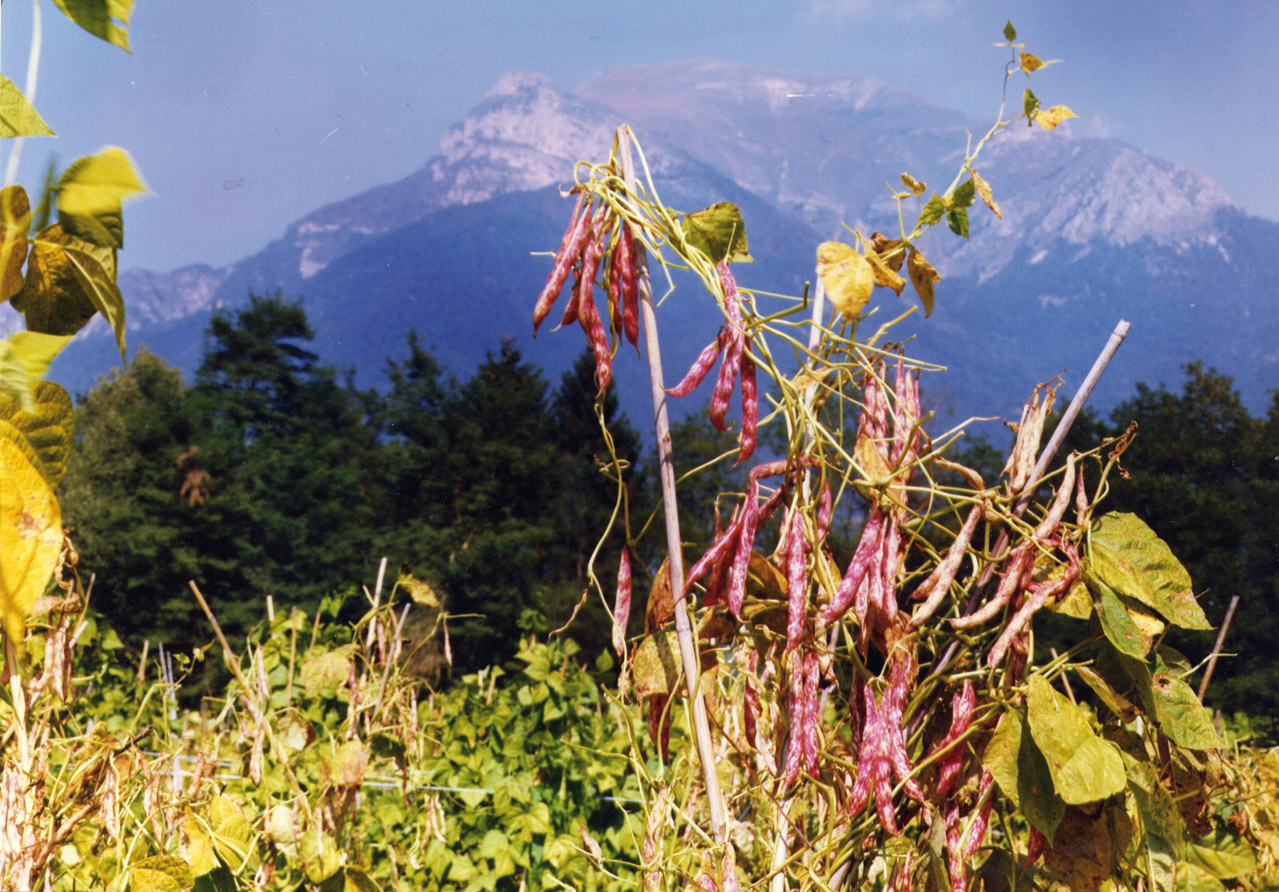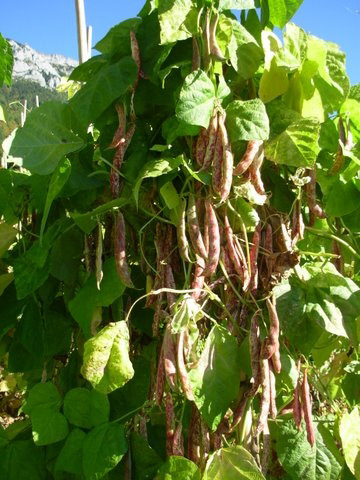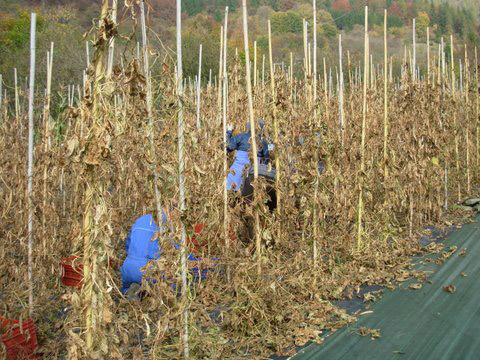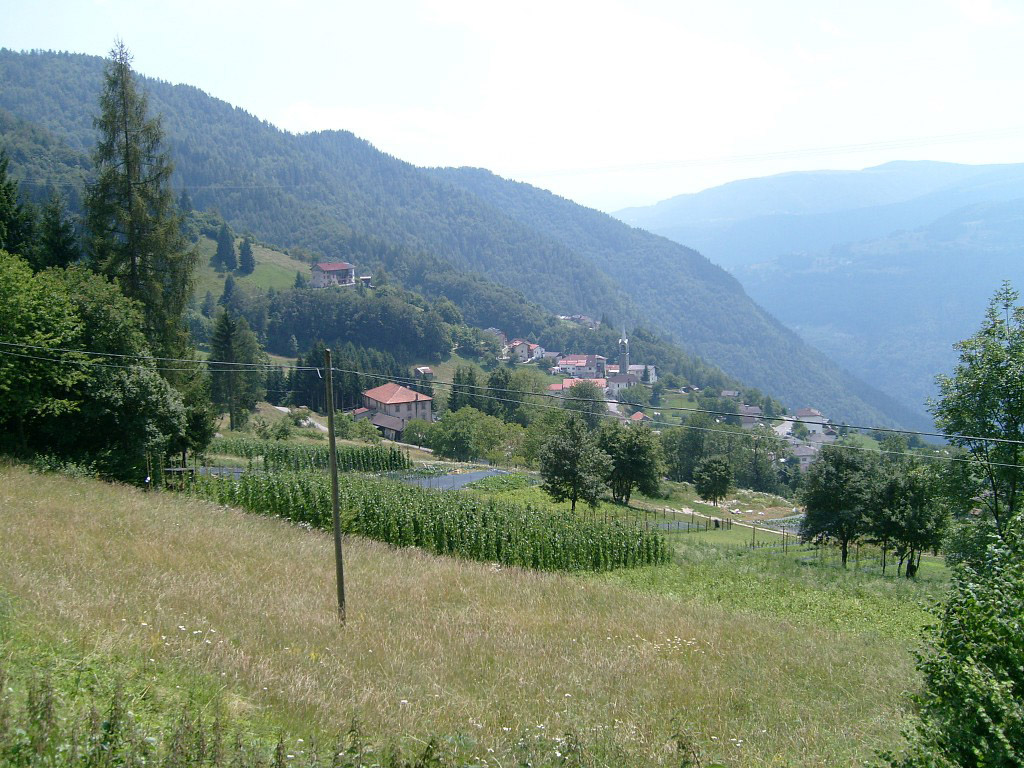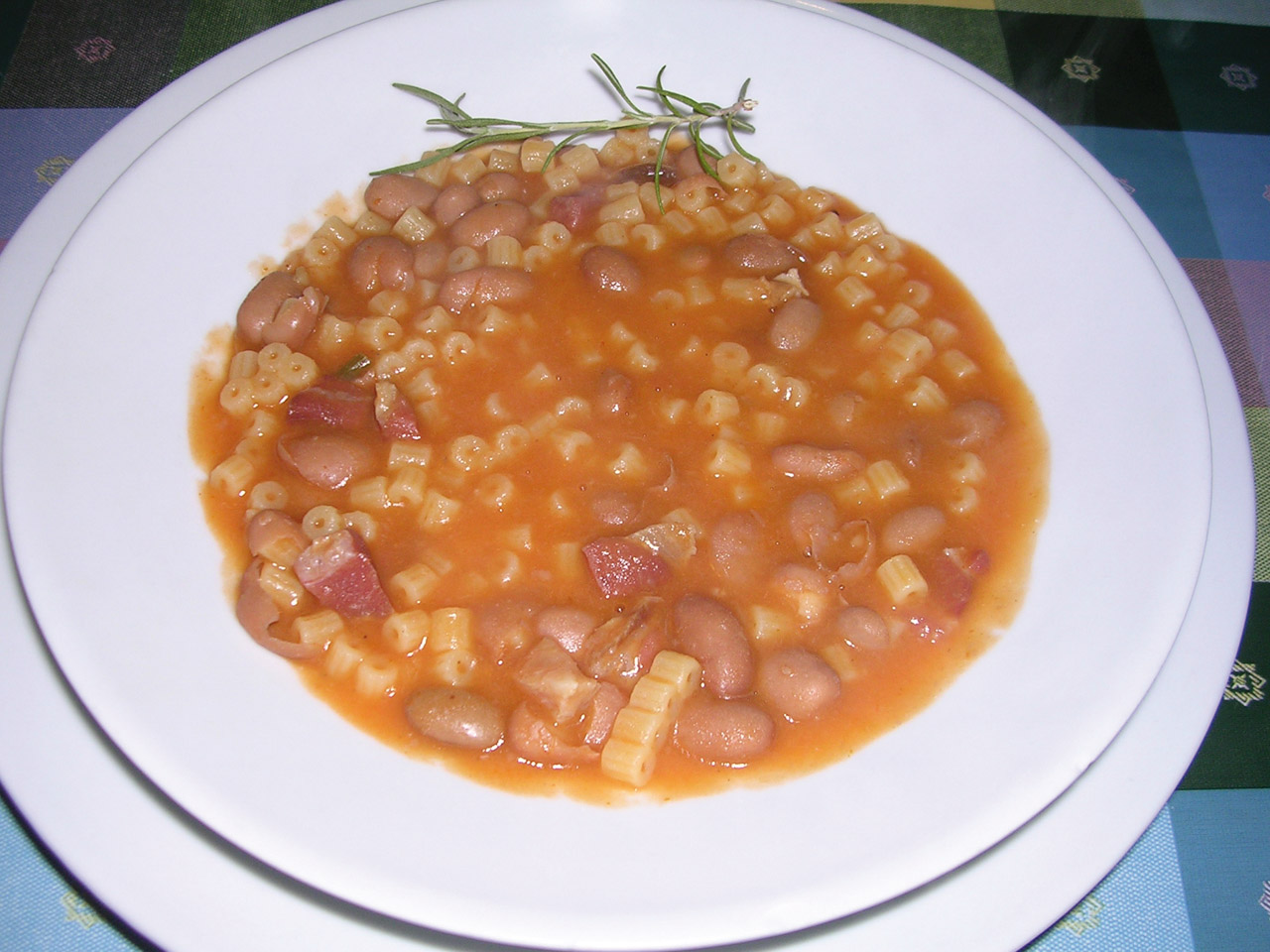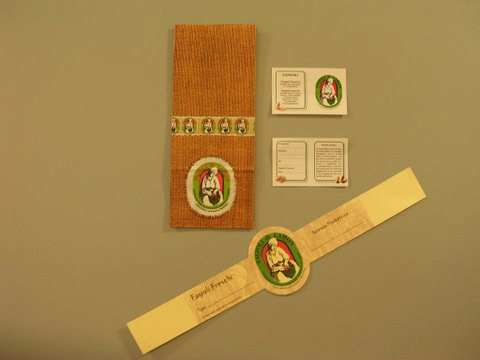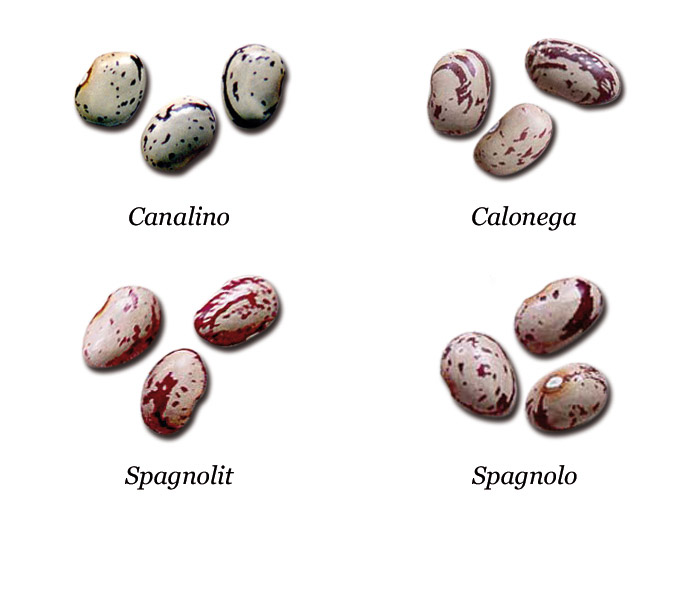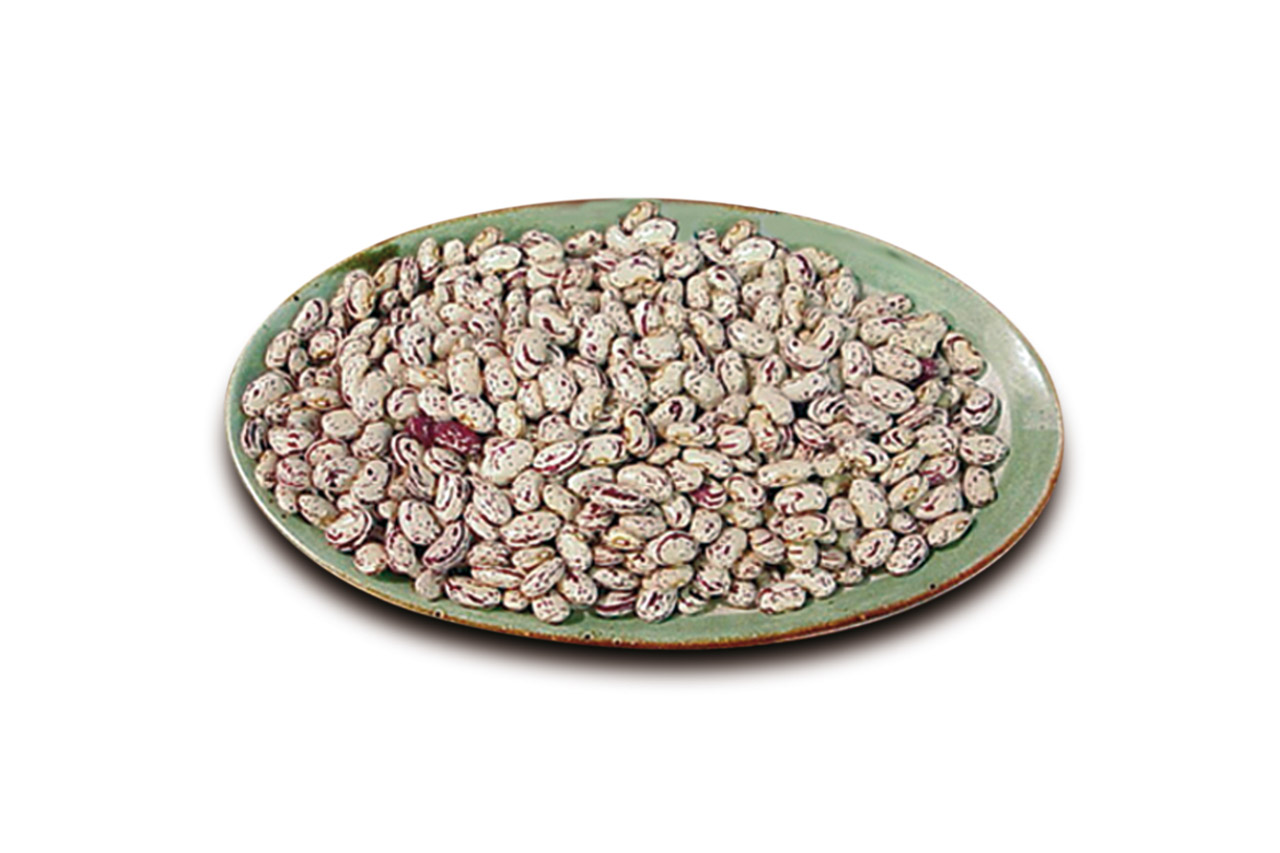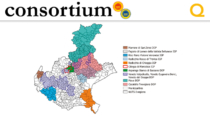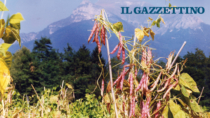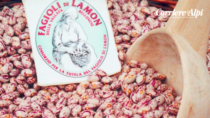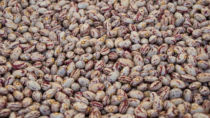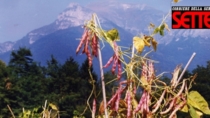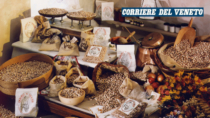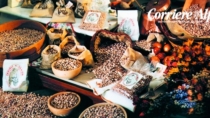Description
The Fagiolo di Lamon della Vallata Bellunese PGI refers to the fresh or dry seed belonging to the species Phaseolus Vulgaris L., deriving from the Borlotto variety and the Spagnolit, Spagnolo (or Ballotton), Calonega and Canalino ecotypes.
Production Area
The production area of Fagiolo di Lamon della Vallata Bellunese PGI is within the mountain municipalities of Feltrina, Bellunese and Val Belluna, and extends into 21 municipalities in the Province of Belluno, in the Veneto region.
Production Method
The seedbed is prepared and carefully ploughed. The seeds are sown with the “pole” method, with four to five seeds in each place and a density of 8-10 beans per square metre. Traditionally sowing is carried out on May 3rd, Saint Croce’s day. The plants are trained from the first stages of development, using poles made of spruce or bamboo. Harvesting is carried out by hand because often the legumes ripen at different times; it begins in the second half of August and lasts until the end of September. For the fresh beans it generally starts about 20 days after pollination and can last for around a month; for the dried beans, harvesting begins when at least 3/4 of the pods have dried up and turned a lighter colour.
Appearance and Flavour
The Spagnolit variety of the Fagiolo di Lamon della Vallata Bellunese PGI is roundish and barrel-shaped, with bright streaks on a cream-coloured background. The Spagnolo variety is oval with a moderately thin skin, and the beans have typical wine-red streaks. The Calonega variety is flattened with bright red stripes on a cream-coloured background, while the Canalino variety has dark red streaks, at times black, and a moderately thick skin. The sizes of both the pod and the seed vary according to the variety, ranging from a minimum of 11 cm to a maximum of 15.5 cm (pod), and from 14.6 mm to 17 mm (seed).
History
The origins of Fagiolo di Lamon della Vallata Bellunese PGI date back to the 16th century. It was introduced into the Belluno area by the humanist Pietro Valeriano, who in 1532 received several seeds as a gift from Pope Clement VII. Its diffusion in Belluno area was documented as early as the 17th century. During the following century, a paper written by a farmer from the Feltre District referred to quality, highly prized beans; in the same period, other scholars recognised the beans from Feltrina as being the best in the Province. In the preparatory proceedings carried out by the Austrian land office in 1862, there is also reference to the beans being cultivated in Lamon. Over the years, this bean has experienced different stages of development and importance in the Province of Belluno.
Gastronomy
The fresh Fagiolo di Lamon della Vallata Bellunese PGI can be kept in the refrigerator for up to four-five days, while the dried variety must be soaked for about 12 hours before cooking. For centuries they were an alternative to meat and an ingredient in pendolon, an ancient Lamona dish consisting of a compact mixture of potatoes and beans, mixed with onion and lard sauce, but they have now been rediscovered as an ingredient in a healthy and balanced diet. They are ideal for making soups, pasta and bean dishes, and risotto, as well as making a delicious side dish. It is best to shell them at the last minute in order to avoid contact with the air, which can harden the skin and compromise how it cooks.
Marketing
The product is marketed as Fagiolo di Lamon della Vallata Bellunese PGI, in the following varieties: Spagnolo, Spagnolit, Calonega and Canalino. It is sold fresh during the harvesting period, in crates weighing between 1 and 20 kg, or dried, in crates weighing between 500 g and 10 kg. Selling the beans loose is prohibited.
Distinctive Features
The local producers’ diligent and careful maintenance, together with the specific pedoclimatic characteristics of the area, guarantee the high organoleptic and healthy properties of the Fagiolo di Lamon della Vallata Bellunese PGI.



